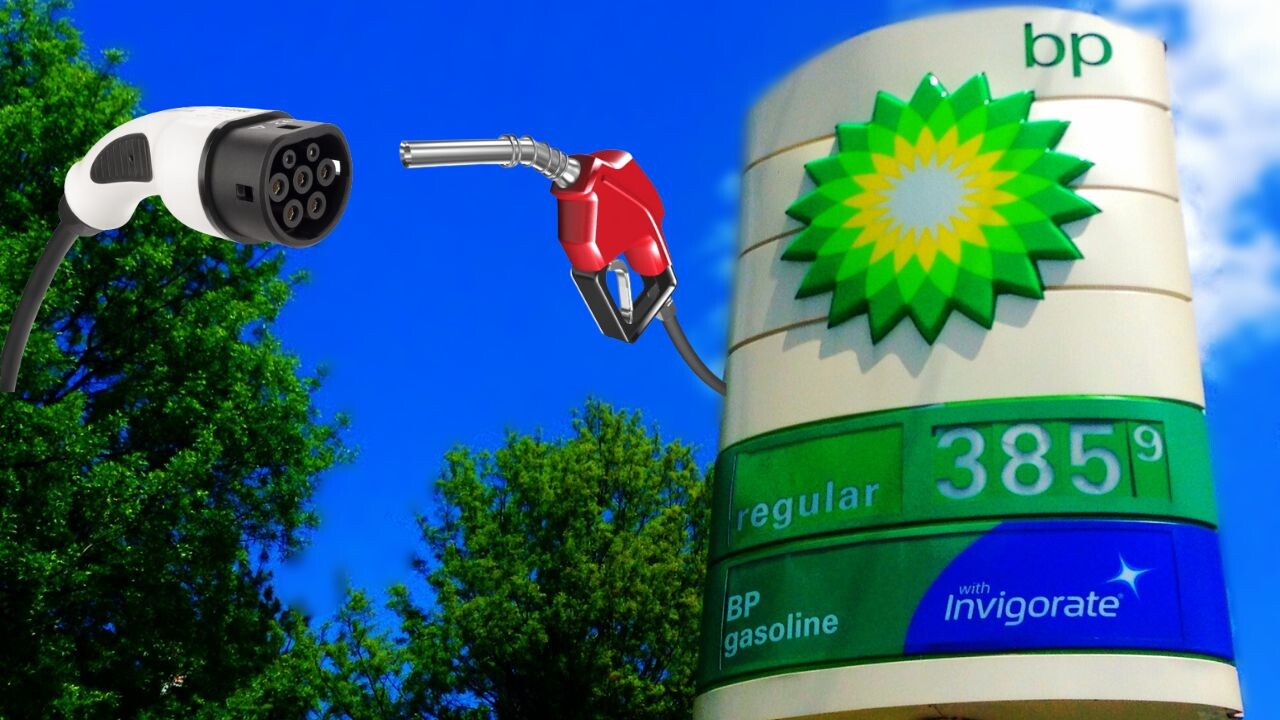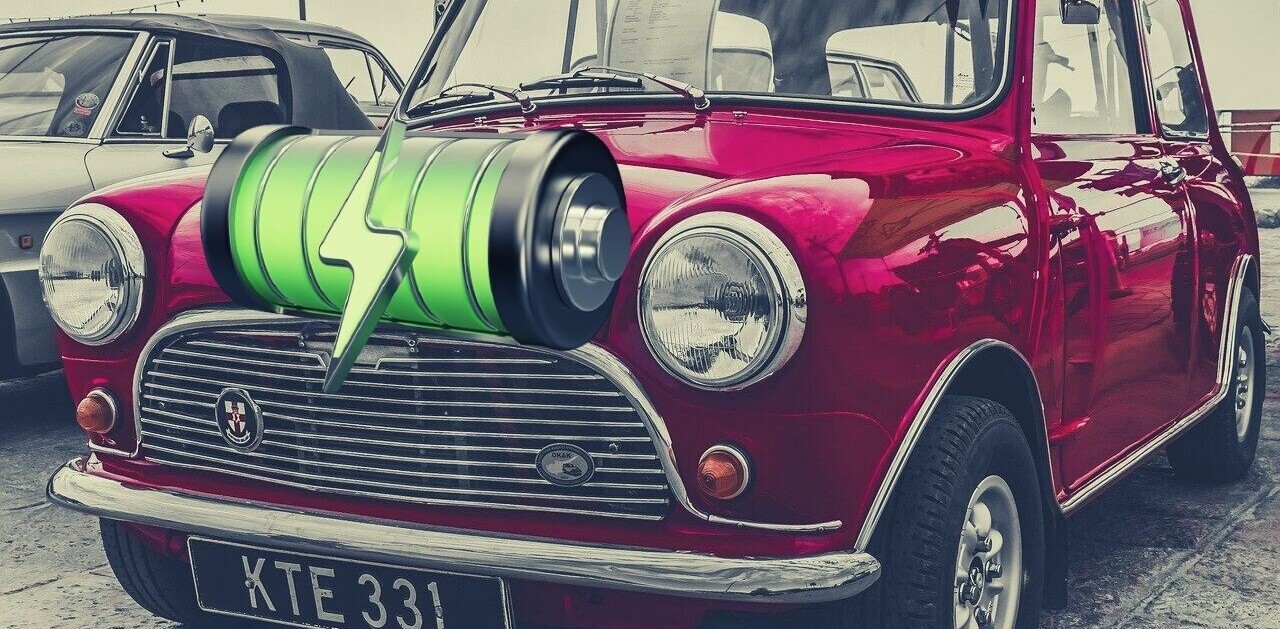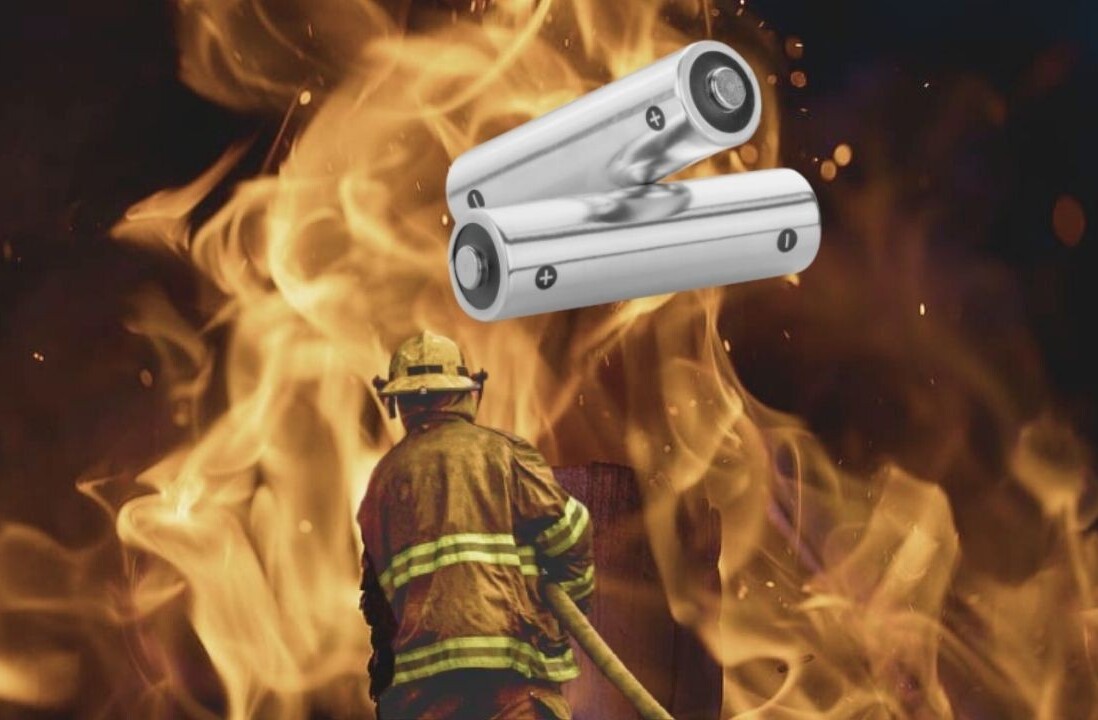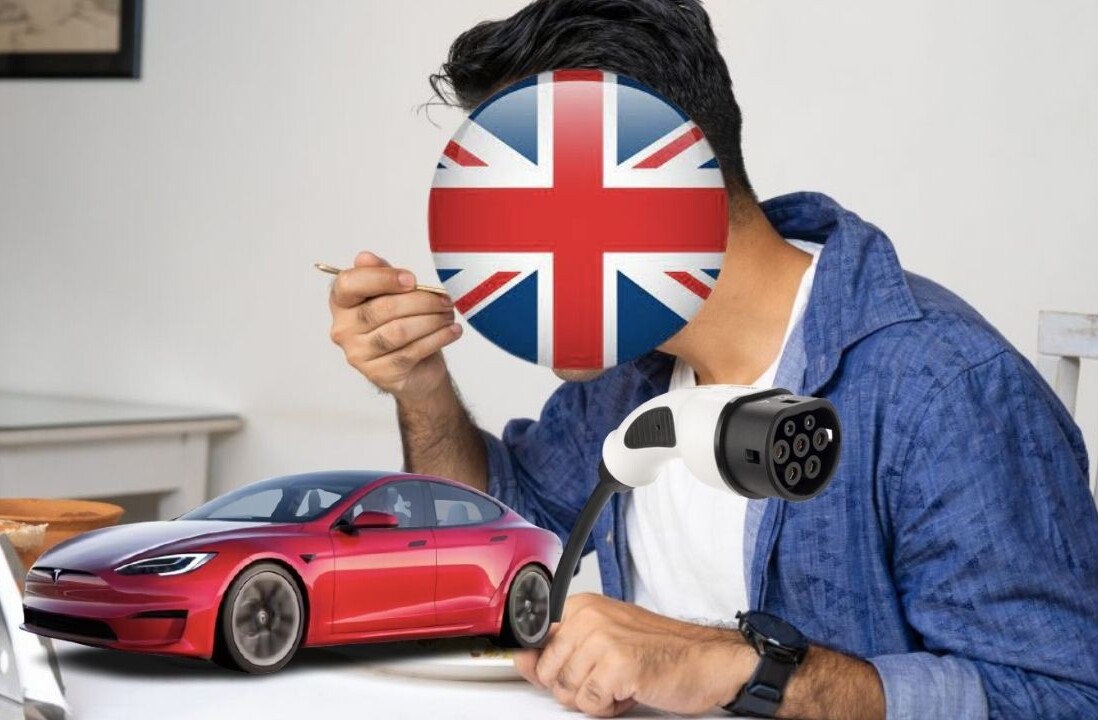Oil giants like BP and Shell have been reluctant to welcome the transition to electric cars, for fear of losing money and market share. But now things seem to be changing and it looks like investing in EV infrastructure could bring more money than selling fuel.
BP’s head of customers and products Emma Delaney told Reuters that while the company’s charging division isn’t expected to be profitable before 2025, on a margin level (money in, money out) it’s nearing the levels of gas filling.
As per Delaney,
If I think about a tank of fuel versus a fast charge, we are nearing a place where the business fundamentals on the fast charge are better than they are on the fuel.
To maximize this profitability, BP intends to expand its charging network from 11,000 stations to 70,000 stations by 2030, and 500,000 stations by 2050 — all of which will be fast chargers capable of reaching speeds of 50-150kW.
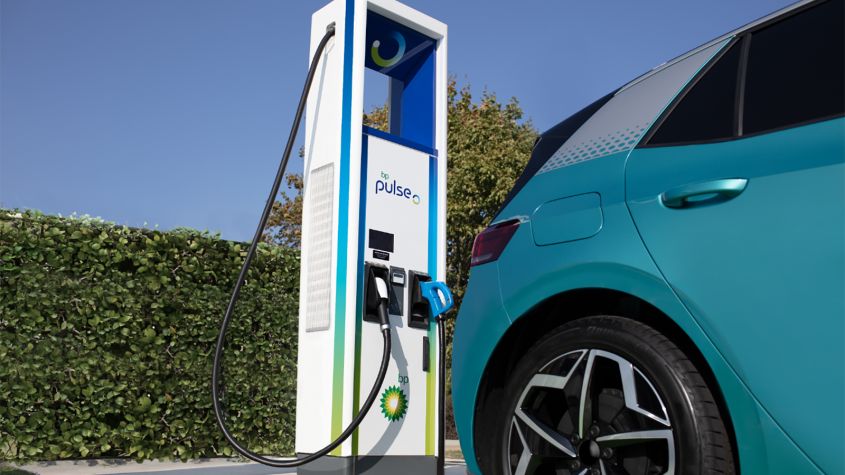
Delaney didn’t reveal any specific numbers on profit and loss for EV charging, but she did disclose that those margins are close in Europe and the UK, and that BP’s electricity sales increased 45% between the second and third quarters of 2021.
So, yes, a big revenue turnover by 2025 doesn’t seem unreasonable at all, and here are 4 ways BP could make it happen:
1. All in on fast chargers
Let’s admit it: offering fast charging is a great selling point and BP has got it right. Why wait for hours to charge your car, when you could fill in enough juice within 20 to 30 minutes? People value their time and it’s only natural that there’s rising demand for wider access to fast chargers.
2. Location is key
Convenience and reducing range anxiety play a key role when it comes to deciding charging on the go. In fact, according the Fuel Institute’s latest research, EV consumers prefer convenience over cost.
For example, EV charging users would be willing to pay double to access a charger close to officer buildings or highways. They also wouldn’t mind paying more for a convenient commercial charging station than to charge overnight at home with lower rates.
3. Time is money
Even when fast charging, EV owners would still need to spend some 30 minutes at the stations. That’s enough time to generate indirect revenue from attached convenience stores. Be it a coffee, a snack, or some other type of consumer product, people are much more likely to buy something while waiting.
And beyond that, there’s an opportunity for an entirely new business model. BP could take it one step further and develop charging hubs, where consumers could shop at branches of big retailers and supermarkets. That wouldn’t just attract more customers, but also generate commission-based profit.
4. Teaming up with OEMs
BP could collaborate with automakers for the integration of its charging stations into their navigation systems or mobile apps. Ease of access to real-time information, such as location and charger availability, enhance the drivers’ experience and smoothly directs them towards selected stations.
That way, BP could get greater charging volumes and access to customer data on charging and driving behavior. Similarly, OEMs could get commissions on the charging revenue — and that’s a win win.
Get the TNW newsletter
Get the most important tech news in your inbox each week.
